Have you been looking for a way to add some greenery to your space? Check out this eye-catching terrarium I made in half an hour the other day!
The terrarium trend is not slowing down any time soon and they are a great way to add some greenery to your interior. If don’t have a green thumb but love the idea of having hassle-free plants in your home, then terrariums were designed for you (and me, as I found out)! Seriously, anyone can make one. By the end of this post you’re going to wonder why you ever considered buying one already made!
STEP 1: Pick your container and supplies
The options are endless! You can use anything from glass jars, vases, bowls, mini greenhouses, glass carboys, hanging glass candle holders and even light bulbs! I found this amazing copper geometric dome from Meizai in Melbourne’s Richmond for $155 which I just had to have!
You will need the following supplies from your local hardware store or nursery:
- Plants
- Soil
- Small rocks or pebbles
- Gloves
If you prefer your DIY to come all packaged up in a kit, your best bet is to hit up Etsy, where a good range of terrarium kits can be found.
STEP 2: Lay the foundation
Terrariums need a rocky base for the excess water to drain into, so you will need to put a layer of rocks on the bottom of your container (horticultural charcoal is best but any type of gravel will work). Add moist soil on top of the rocky base (the depth is going to depend on your plant choice and the container).
STEP 3: Add your plants
You’re going to want to use easy, low growing plants that can tolerate humidity. Succulents, cacti, ferns, nerve plants, begonias and creeping figs are all good choices. You can use baby’s tears, bush moss or golden clubmoss as ground covers.
If you have an unenclosed container (like mine) succulents and cacti work best (using sand as a base) and in enclosed containers you’re best to use ferns and mosses.
Gently pull your plants out of their pots and arrange as you like in your container. Starting with the bigger plants first helps and don’t forget to make it look good from all angles. Loosen the root ball of the plants and set in a hole you’ve make inside the terrarium, cover gently with soil and lightly press the roots.
STEP 4: Finishing touches
To finish it off you can add gravel, pebbles, rocks, figurines, statues or even toys (for the kids) to make your terrarium more individual (completely optional). I’ve even seen some where the soil has been landscaped as it’s being made to create little hills and valleys!
STEP 5: Maintenance
The frequency and amount of water will depend on your plant and container choices. If the terrarium is unenclosed it will need to be watered more often than an enclosed one, for example. Try not place your terrarium in direct sunlight and never over water it, as it is better to have the terrarium too dry than too wet. Excess water is difficult to remove and promotes the growth of bacteria and fungus.
Not only are terrariums a great oxygen booster for indoors, they are also a reminder that the warmer months are coming. I’m already searching for my next container to make more!





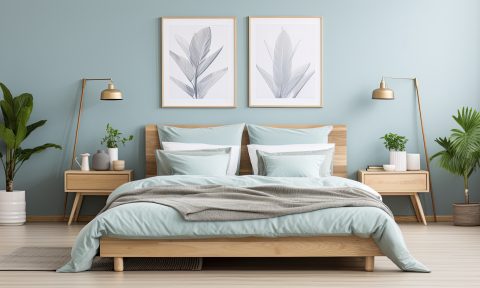
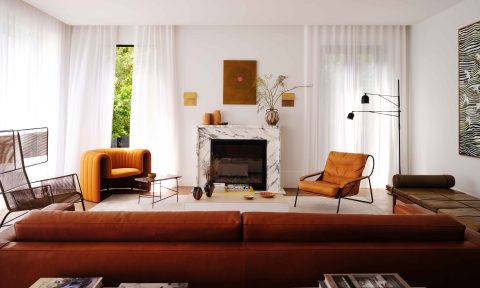
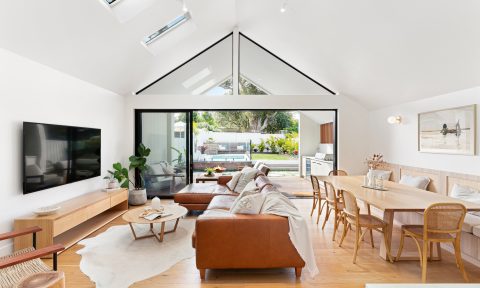

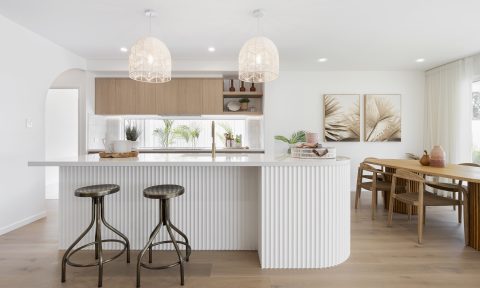
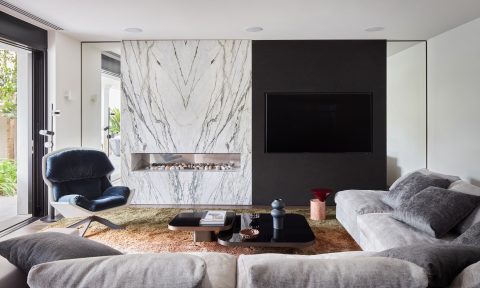
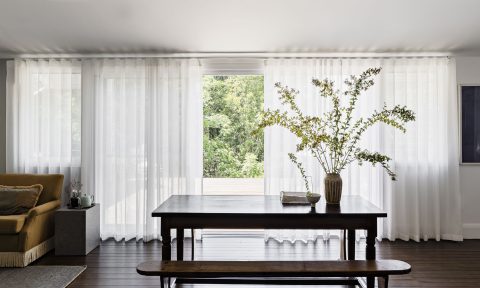
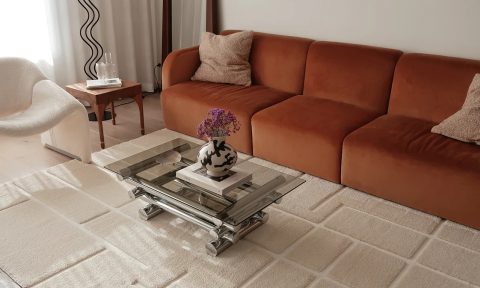

Comments
Really love this post! It is excellent, what a gorgeous idea.
This post is great. Great idea and easy instructions.. I will.try.it
Zoe